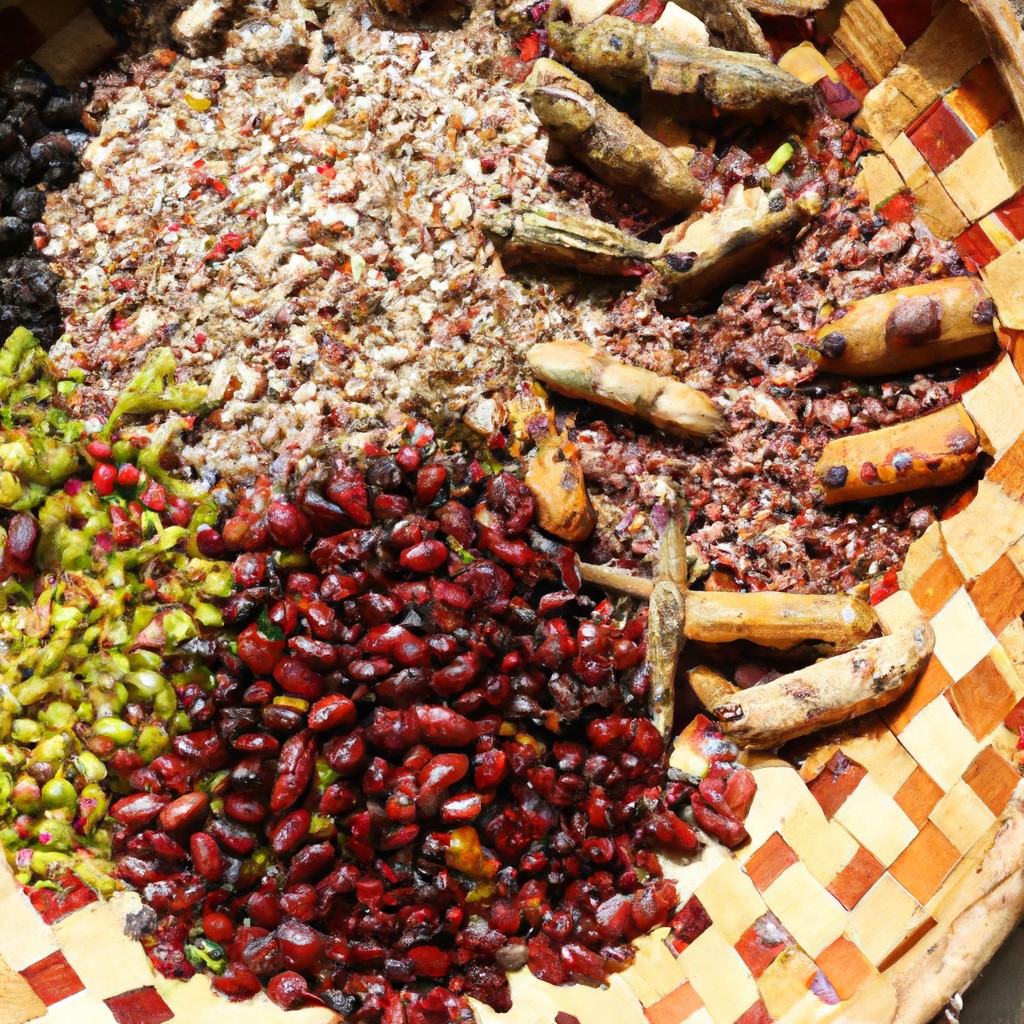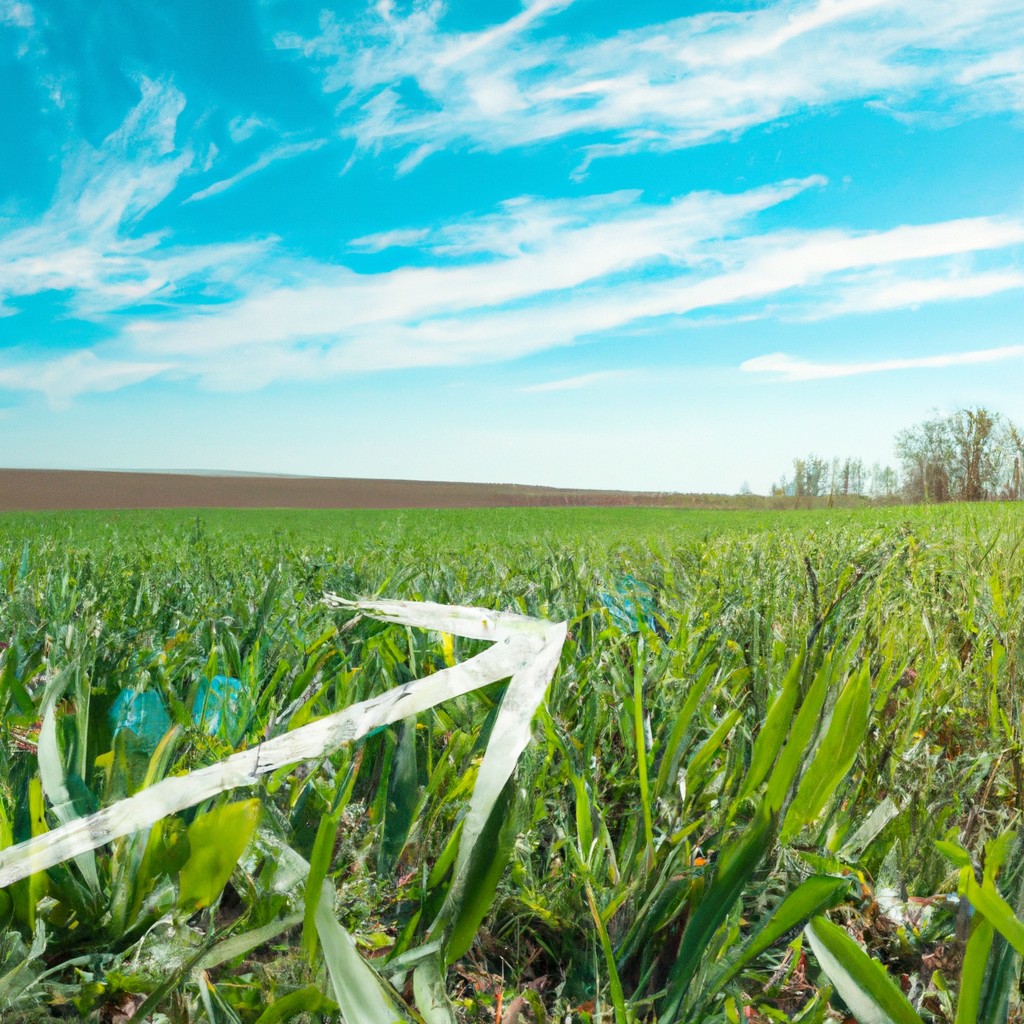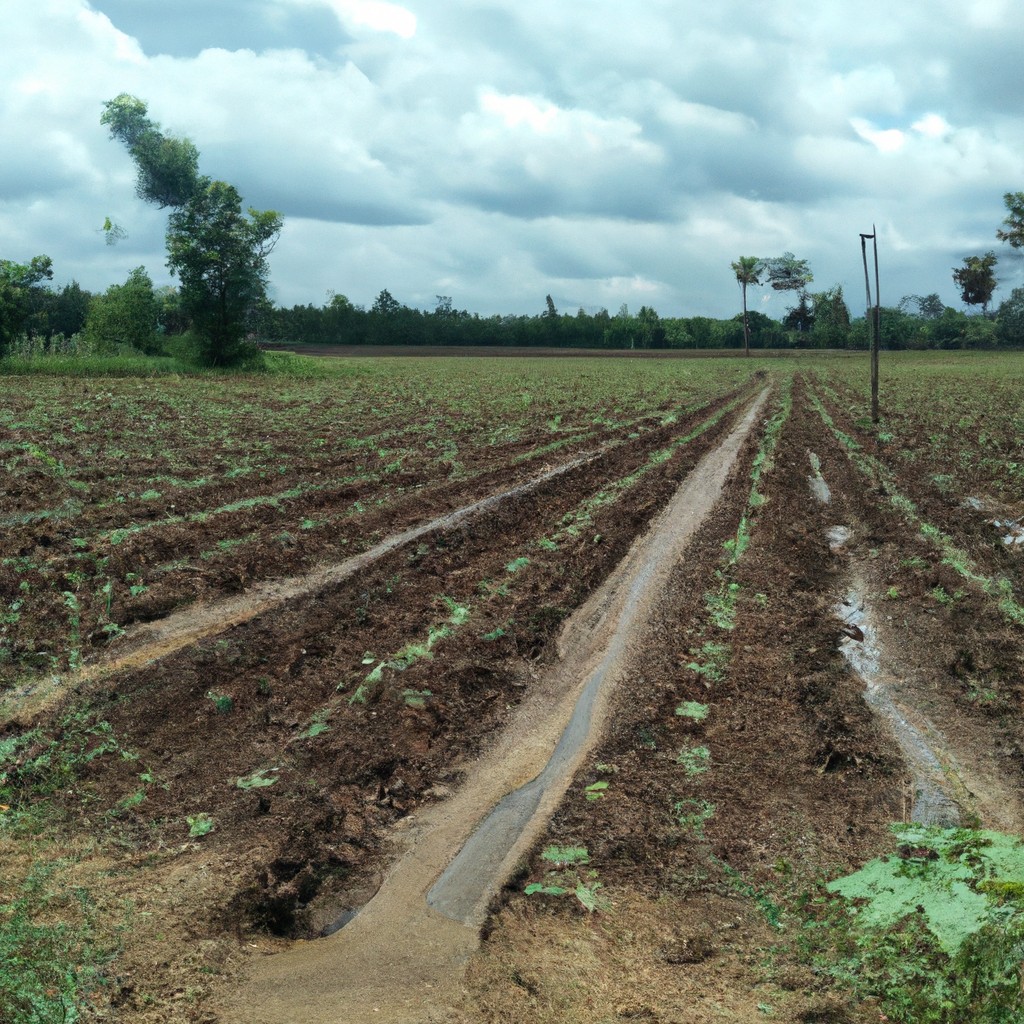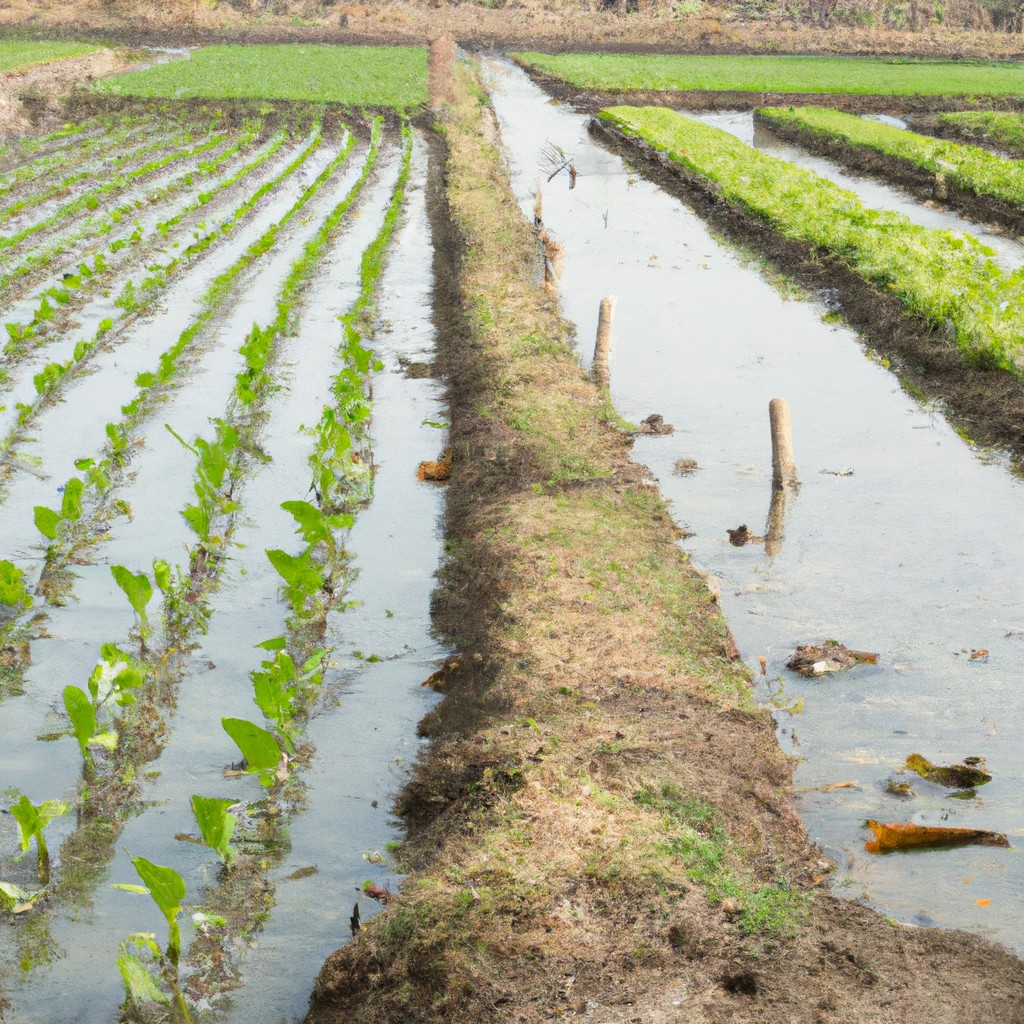Discover the current state of agricultural commodity prices and what these changes mean for farmers and consumers.
Look Inside:
Explore Markets: Current Trends and Factors Affecting Prices

In the world of agricultural commodities, prices can be as predictable as a toddler’s tantrum. Weather often takes center stage, throwing in droughts or floods at Mother Nature’s whim. Political policies and trade agreements can either calm or stir the pot, turning prices topsy-turvy.
Then there’s the ever-mystifying global supply and demand—one minute you’re swimming in corn, and the next, there’s nary a kernel in sight. Currency fluctuations also love to shake things up, making prices dance like nobody’s watching (though everyone is).
And let’s not forget the influence of technological advancements. New farming techniques can boost yields, impacting what’s on the sticker at the market. But remember, while the farmers toil and prices twirl, at least the tractor’s GPS will never steer you wrong.
Agriculture Data: Essential Metrics and Statistics
Alright, let’s dive into the agricultural numbers game. Think of these metrics and statistics as the lifeblood of agriculture’s financial world. Here’s what you need to know:
Supply and Demand: This dynamic duo is always in the spotlight. When supply sways or demand dances, prices tend to follow suit. Picture them as the tango partners of the agricultural world.
Yield Per Acre: This isn’t just farm lingo. It’s a precise measure of how much crop one can squeeze out per acre. A bumper crop, and prices may take a tumble. A busted crop? Start saving those pennies.
Production Cost: Count every penny spent, from seeds to snail repellent. This figure influences the break-even point. If costs gallop faster than prices, farmers might find themselves in a financial rodeo.
Weather Factors: Oh, the weather! The uninvited guest at the agricultural party. Droughts, floods, and even sunshine get their say. It’s like that plot twist no one saw coming but secretly expected.
Global Events: The grand puppeteers of price. Anything from trade agreements to geopolitical drama can send ripples through the market pond.
So, there you have a peek behind the curtain of agricultural economics, where numbers whisper their secrets and occasionally shout through a megaphone.
Research and Analysis: Insights Into Price Fluctuations
Commodity prices are like cats on caffeine—constantly on the move! Understanding this volatility involves a mix of economics, weather reports, and a touch of sorcery.
Fundamentals matter. Supply and demand, geopolitical events, and Mother Nature’s unpredictable whims play a significant role. When a drought hits, wheat prices might soar higher than a kite at a windy beach.
Speculation spices things up. Traders and investors sometimes behave like they’re on a reality show, bidding prices up or down based on economic forecasts or market sentiment.
Currency blues. Exchange rates affect prices. If a nation’s currency weakens, commodity costs in that currency can fluctuate, like a yo-yo, impacting international trade dynamics.
Technological insights are shaping the future. Big data and AI are the nerdy sidekicks farmers didn’t know they needed, providing tools for precision agriculture, influencing supply predictions, and thus, prices.
Packed with variables, the commodity price world keeps analysts on their toes, making it a thrilling, if unpredictable, ride.
Trading Economics: Tools for Tracking and Forecasting
Trading Economics offers a vast playground for anyone curious about numbers, stats, and things beyond plain old spreadsheets. With a plethora of data on commodity prices, it makes even a cornfield seem less daunting.
Weather patterns? Check. Government policies? They’re covered too.
Their user-friendly interface offers easy access to a buffet of graphs, tables, and historical data, making market predictions feel a bit less like gazing into a muddy crystal ball.
Craving some insights on future trends? Predictive tools and expert analysis help farmers and investors stay one step ahead, saving time and possibly a few grey hairs.
And remember, when it comes to understanding agricultural commodities, Trading Economics is a friend—without the dad jokes.
National Agricultural Statistics Service: Access Reports and Data
Ready to dive into the world of data, where spreadsheets have more drama than a soap opera?
First up, the National Agricultural Statistics Service, the NASS to its friends, churns out reports faster than a corn plant grows on a sunny day. It’s all about forecasting production and analyzing trends. Why? ‘Cause understanding the prices isn’t just about luck; it’s about science and a sprinkle of magic dust called data.
Want to keep tabs on how much corn is popping out of the fields or how soy’s doing? NASS has you covered. Think of it like a secret decoder ring for commodity prices.
And hey, the numbers don’t lie (unless they wear disguises). Keep an eye on those reports to see the bigger picture, spot potential twists in the plot, and maybe, just maybe, you’ll predict what happens next in the thrilling saga of agricultural commodity prices.




